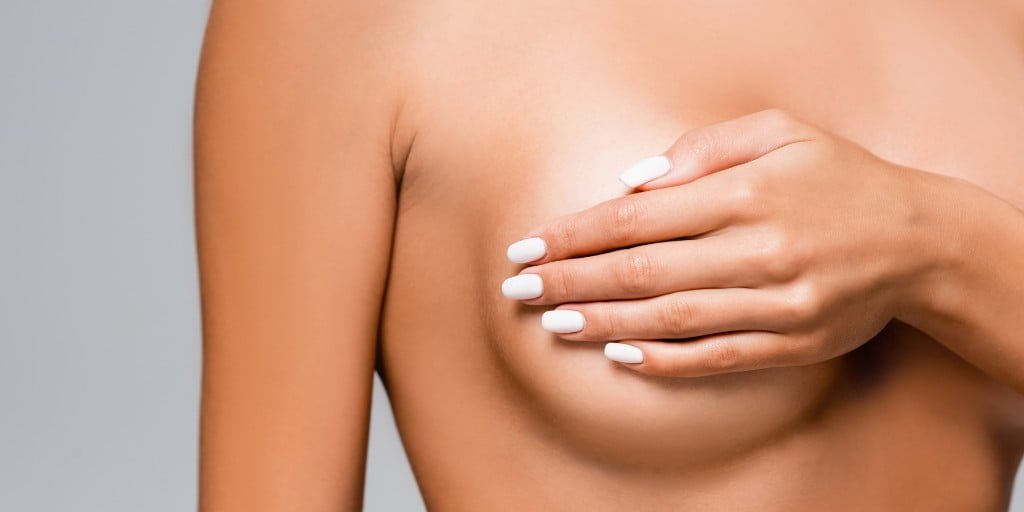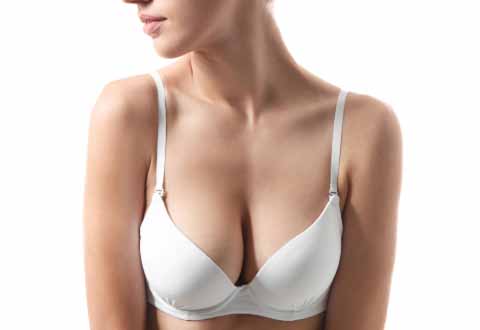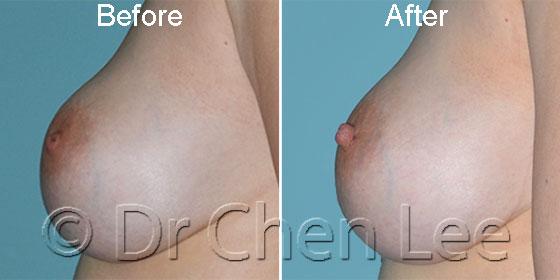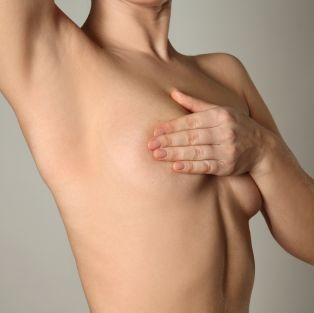Inverted Nipple Surgery

What are inverted nipples?
An inverted nipple is a condition in which the nipple is pulled inward into the breast instead of pointing outward. Inverted nipples are also known as “shy” nipples. It is common and estimated to be present in 10-20% of women. Affect women who physically may not be able to breastfeed and often feel emotionally uncomfortable in intimate settings.
Most often, inverted nipples are familial or congenital. The inverted nipples are caused by a shortened, thickened lactiferous duct (milk duct).
Treatment of Inverted Nipples
Nonsurgical Inverted Nipple Correction
Occasionally, inverted nipples can be corrected by nonsurgical means. This is often effective for Stage I nipple inversion. Anything that promotes traction on the nipples may bring them out; nursing a baby is, of course, the most natural method. The creation of the vacuum effect by a suckling infant may bring out the inverted nipples. Similarly, a device that creates a suction or negative pressure called a NipletteTM, has been shown to successfully correct inverted nipples in selected cases. The milder the inverted nipples are, the more likely they are to respond to nonsurgical methods.
Surgical Correction of Inverted Nipples
Surgery is usually necessary to correct Stage III inverted nipples. The varieties of surgery for inverted nipples are numerous. Historically, incisions have been made on the nipple area or areola, creating flaps of tissue to correct inverted nipples, or the areola has been opened and the nipple inversion corrected with tissue division and internal suturing.
Recently, minimally invasive and virtually scarless procedures for the correction of inverted nipples have been described. The techniques that most reliably fix inverted nipples involve the division of the main lactiferous duct or milk duct.
Plastic surgery for inverted nipples is most often performed under local anesthesia. Compression should be avoided for one week. Click on the image for the Nipple Surgery Gallery to visit Dr. Chen Lee’s before and after case illustrations on inverted nipple correction.
What are the risks of inverted nipple surgery?
Inverted nipple surgery most often requires division of the milk duct. The inability to breastfeed is the most pressing and ponderous consideration when deciding whether or not to undergo surgery to correct inverted nipples. Although there are rare reports of breastfeeding after inverted nipple corrective surgery, it must be assumed that you will not be able to do so should you choose to undergo inverted nipple surgery that divides the ducts. The other potential downside of inverted nipple correction is the possibility of recurrence. In this scenario, which may occur in up to 25% of inverted nipple corrections, the solution is most often a very simple revision surgery performed under local anesthesia.
Am I a good candidate to have surgical correction of inverted nipples?
Dr. Chen Lee is a board-certified plastic surgeon. He will perform a complete evaluation to determine if you are a candidate for surgical correction of inverted nipples. For many women, a simple, comfortable procedure under local anesthesia is an incredibly effective solution to the physical and emotional impact of inverted nipples.
Need more info?
Next Steps…
To learn more about a procedure or book a consultation





